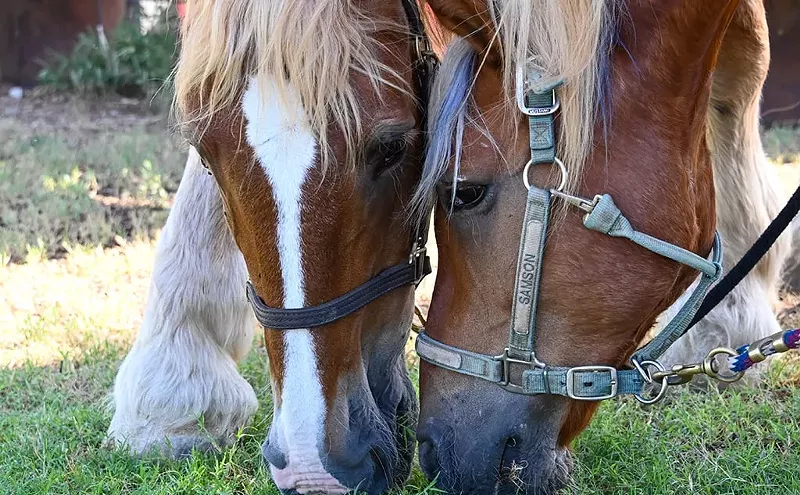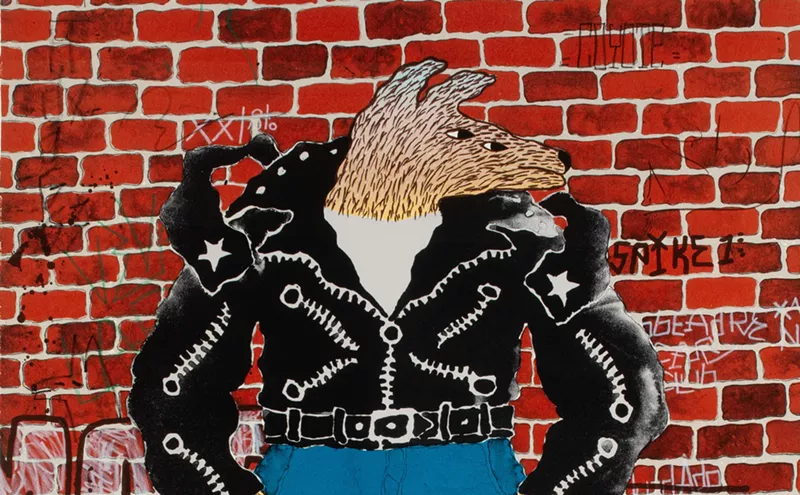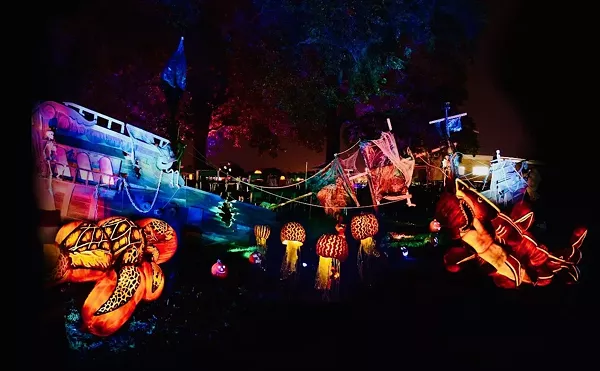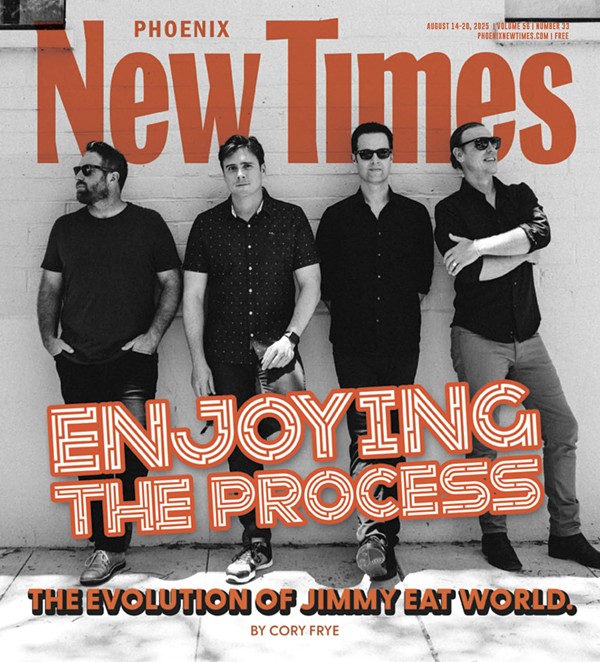"Everywhere I went, in every country, I would come across the same characters out of the working class," says Rivera. "My father was a carpenter, and I've done every odd job you can think of, so I am familiar with these people. In Oaxaca, Mexico, or Guatemala and eventually Peru, I would see the same type of person that I had been painting in New York for years -- bricklayers, craftsmen, tradespeople -- the workers."
Rivera spent more than 20 years in New York haunting the subways, rail yards and back streets, finding the right characters to sketch for his paintings. Like a young William Faulkner, who was instructed by Sherwood Anderson to "write about what you know," Rivera did work that rarely strayed from the subjects he came across. While Faulkner penned the lives of the souls who roamed through his hometown of Oxford, Mississippi, Rivera painted the assortment of characters that populated his New York City working-class upbringing.
But after Rivera moved to Santa Fe and found representation with the Riva Yares Gallery, his work changed as a result of two distinct influences. On the advice of the gallery, he began painting on a grand scale, and he began yearly trips to the lower portions of the Americas.
These two influences converge in Rivera's most recent offering, The Other Side of the Street, part of the exhibit "Elias Rivera: The Americas, Central and South." And while it was the gallery that suggested Rivera "go big," even it had to be surprised by the dimensions of this work. Forty feet long and seven feet high, The Other Side of the Street barely fits in the largest room of Yares' Scottsdale gallery. The size allows Rivera to capture the enormousness of his vision in one sweeping portrait of the Guatemalan people.
Because Rivera's painting is representational in style, this work escapes many of the banalities of realism. Rivera's work is more of an idealized vision of a place than a straightforward account of a personal experience. A young child points off the canvas, representing the promise of the future; an elder stands skeptically in the deep shadows looking on; humans commune peacefully with birds and other domestic animals while vaqueros play whimsically with small children; and strong, robust women carefully carry blanket-wrapped newborns on their backs while bearing abundant baskets of flowers or fruit.
As the title implies, these are figures from another world -- one more in tune with an idealized vision of the artist than anything else. And despite the seemingly objective style, the work carries none of the illustrative cheesiness of, say, most Western art, because it also shows a keen understanding of light, color and composition to go along with Rivera's inclination toward metaphor. Primary colors blend with one another to create a rich palette that provides a direct contrast to the deep shadows resulting from Rivera's play with light. And each of the many figures that populate the canvas is caught in this delicate use of light and shadow, which also lends to the otherworldly feel of the painting.
The immensity of the project did have an effect on the artist.
"I became completely consumed by the painting. I lived with it for two solid months, slept in the studio right in front of it," says Rivera. "But when I was painting it, I treated it like a symphony, bringing all the pieces together at once. It was a great process, but it's something that I'm not sure I want to try again for a while."
Portraits of Peru is a series of 24 small-size works, shown in three rows of eight paintings each, of small isolated figures Rivera came across while on a recent trip to Peru. The effect of viewing the small paintings one after another brings a sense of nobility to figures history ordinarily passes by. And where The Other Side of the Street succeeds in its grandiosity, these smaller gems succeed as almost thumbnail sketches translated from daily life.
After 40 years of painting, Rivera has mastered a technique, style and command of color that make his canvas a visual treat for the eye. His work's obvious beauty is only heightened by an understanding of the subtleties of symbolism and metaphor. Rivera's paintings are not merely illustrations of the varying poetic rhythms found in life; at times, they are the poetry themselves.












